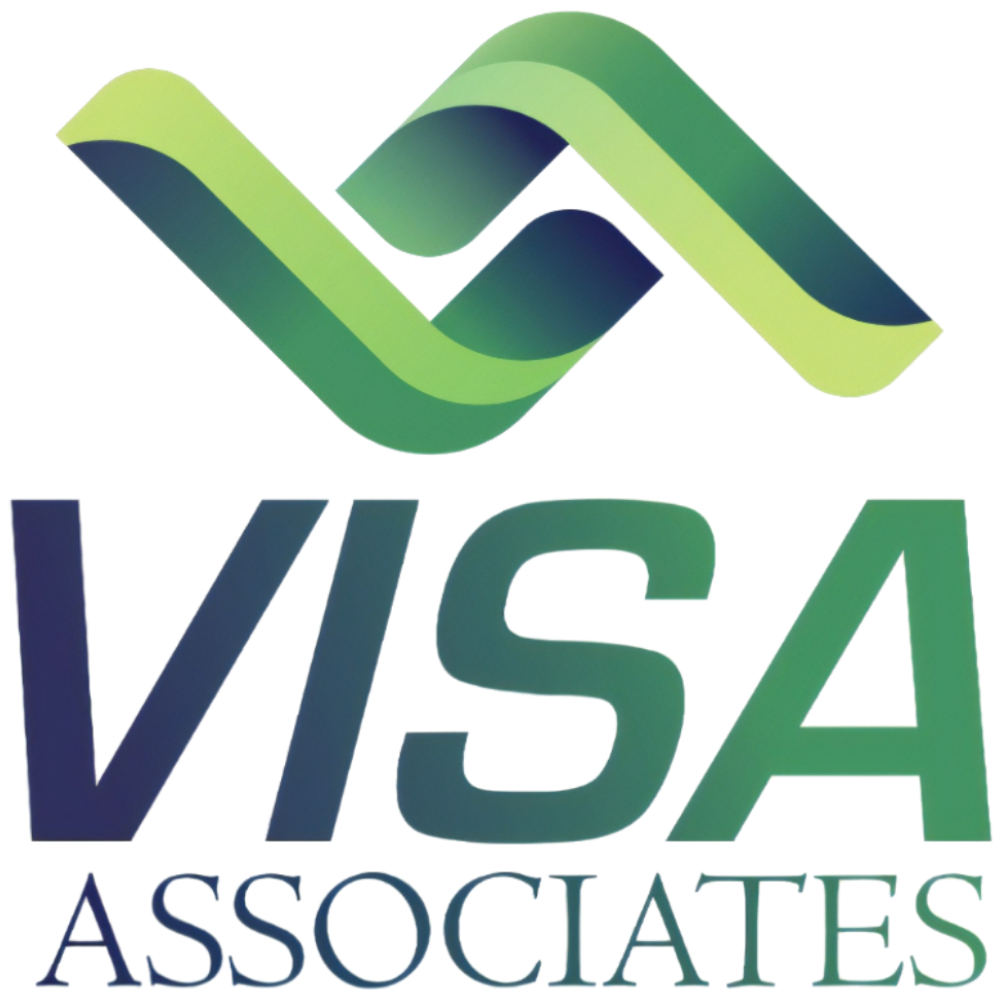Dreaming of building your future in the land of kangaroos, stunning beaches, and endless opportunities? Australian skilled migration might just be your golden ticket to permanent residency in one of the world’s most desirable countries. But with complex points systems, ever-changing policies, and fierce competition, navigating this pathway can feel like solving a puzzle blindfolded.
Fear not! This ultimate guide will illuminate your path to Australian permanent residency, breaking down everything you need to know about skilled migration in 2025.
Why Choose Australia for Skilled Migration?
Australia isn’t just beautiful – it’s actively seeking talented professionals like you. With a strong economy, robust healthcare system, and multicultural society, Australia offers an exceptional quality of life combined with fantastic career prospects. The Australian government regularly updates its skilled occupation lists to address labor market needs, creating opportunities across diverse industries from technology and healthcare to engineering and education.
Understanding the Three Main Skilled Visa Pathways
Subclass 189: Skilled Independent Visa
The holy grail of skilled migration – no sponsorship required! This permanent residency visa is invitation-based, meaning you’ll need to score highly in the points test and wait for your turn in the invitation rounds. It offers the ultimate freedom to live and work anywhere in Australia.
Subclass 190: Skilled Nominated Visa
Similar to the 189, but with a crucial difference – you need state or territory government nomination. This gives you 5 bonus points and often faster processing, but you’ll typically need to live in your nominating state for a period after arrival.
Subclass 491: Skilled Work Regional (Provisional) Visa
Ready to explore beyond the big cities? This five-year provisional visa requires nomination by a state/territory or sponsorship by an eligible family member in regional Australia. After three years of qualifying residence, you can apply for permanent residency through the Subclass 191 visa.
Cracking the Points Test: Your Key to Success
The points test is your gateway to skilled migration success. You’ll need a minimum of 65 points to receive an invitation, but competitive scores are typically much higher. Here’s how points are allocated:
- Age (Maximum 30 points): Your 20s and 30s are prime scoring years
- English Proficiency (Maximum 20 points): Superior English can give you a significant edge
- Qualifications (Maximum 20 points): Australian qualifications score highest
- Work Experience (Maximum 20 points): More experience equals more points
- Partner Skills (Maximum 10 points): A skilled partner can boost your score
- State Nomination (5 points): Available for Subclass 190 applicants
- Regional Study (5 points): Studied in regional Australia? You’ve got an advantage
Pro Tip: Strategic planning can maximize your points score. Consider improving your English, gaining additional qualifications, or securing relevant work experience to boost your competitiveness.
Choosing the Right Occupation
Not all jobs are created equal in the eyes of Australian immigration. Your occupation must be listed on one of the skilled occupation lists:
- Medium and Long-term Strategic Skills List (MLTSSL)
- Short-term Skilled Occupation List (STSOL)
- Regional Occupation List (ROL)
Research your occupation’s demand, future prospects, and which visa subclasses it qualifies for. Some occupations may be more competitive than others, so having a backup plan is wise.
The Skills Assessment Process
Before you can even think about applying, you’ll need a positive skills assessment from your occupation’s designated assessing authority. This process evaluates whether your qualifications and experience meet Australian standards. Start this process early – it can take several months and is often the longest part of your journey.
English Language Requirements
Competent English is mandatory, but proficient or superior English can earn you additional points. Accepted tests include IELTS, TOEFL, PTE Academic, and Cambridge English. If you studied in an English-speaking country, you might be exempt, but always verify this with your assessing authority.
The Expression of Interest (EOI) System
Once you’ve gathered all your points and completed your skills assessment, you’ll submit an Expression of Interest through SkillSelect. This isn’t an application – it’s your chance to put your profile in the pool for invitation rounds. Craft a compelling profile that highlights your skills, experience, and Australian connections.
State Nomination: Your Competitive Edge
State and territory governments actively compete to attract skilled migrants to their regions. Research which states have nomination agreements for your occupation and understand their specific requirements. Some states offer streamlined nomination processes for high-demand occupations.
Common Pitfalls to Avoid
- Underestimating Documentation Requirements: Start gathering documents early
- Ignoring Points Maximization: Every point counts in competitive invitation rounds
- Choosing the Wrong Occupation: Ensure your occupation has long-term prospects
- Neglecting English Improvement: Superior English scores can be game-changing
- Missing Deadlines: Invitation rounds happen regularly, but opportunities are time-sensitive
Maximizing Your Success Chances
- Start Early: The skilled migration process takes time – sometimes years
- Seek Professional Advice: A registered migration agent can save you time and increase success rates
- Stay Updated: Immigration policies change frequently
- Consider Multiple Pathways: Don’t put all your eggs in one visa basket
- Network: Australian connections can open doors and provide valuable insights
The Road Ahead: What to Expect
After receiving an invitation, you’ll have 60 days to submit your formal application. Processing times vary by visa subclass, with 189 and 190 typically taking 8-12 months and 491 visas processing slightly faster. During this time, maintain your eligibility – changes in circumstances may affect your application.
Life After Visa Grant
Congratulations – you’re now a permanent resident! But your journey doesn’t end here. Focus on settling in, finding employment in your field, and eventually applying for Australian citizenship after meeting residence requirements.
Final Thoughts
Australian skilled migration is competitive, complex, but absolutely achievable with the right strategy and preparation. Whether you’re drawn to the bright lights of Sydney, the cultural richness of Melbourne, or the adventure of regional Australia, there’s a pathway that can make your Australian dream a reality.
Remember, every successful migrant started exactly where you are now – with a dream and the determination to make it happen. With careful planning, professional guidance, and persistence, you could be writing your own Australian success story.


Leave a Reply